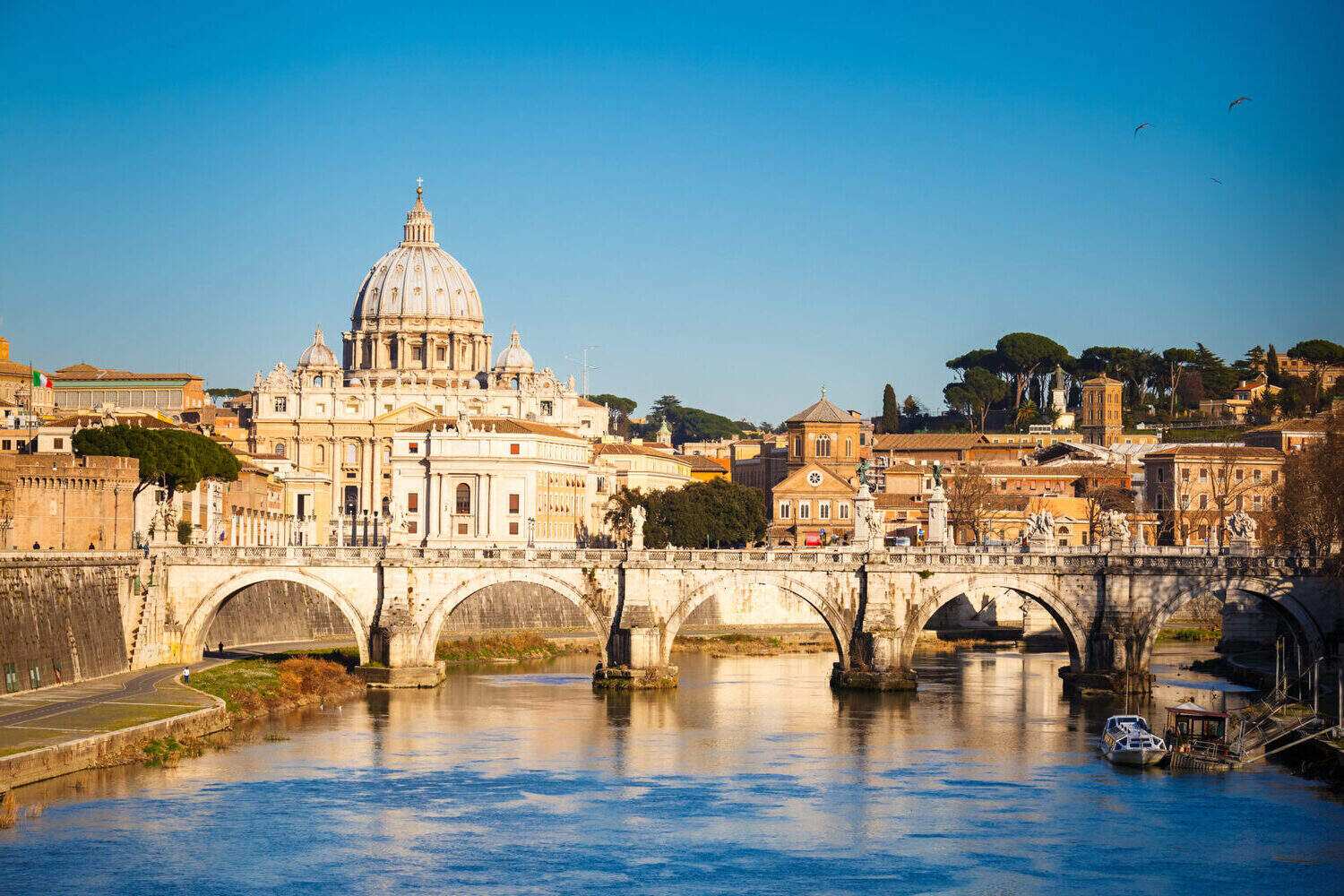
Ever wondered about the Holy See? This tiny yet powerful entity holds a unique place in the world. The Holy See isn't just the central governing body of the Catholic Church; it's also a sovereign entity recognized in international law. Nestled within Vatican City, it wields influence far beyond its borders. Did you know it issues passports, has its own postal system, and even sends diplomats worldwide? Despite its small size, the Holy See plays a significant role in global affairs. Ready to learn more? Let's dive into ten intriguing facts about this fascinating institution.
Key Takeaways:
- The Holy See is a small but influential sovereign entity with its own diplomatic corps and rich cultural heritage, separate from Vatican City.
- With a history dating back centuries, the Holy See is home to iconic artworks and historical documents, making it a unique blend of religious and administrative power.
Holy See: A Unique Entity
The Holy See, often confused with Vatican City, holds a special place in the world. It’s not just a religious center but also a sovereign entity with a rich history and unique characteristics.
-
The Holy See is the central governing body of the Catholic Church, led by the Pope. It operates from Vatican City but is distinct from it.
-
It has its own diplomatic corps, maintaining relations with over 180 countries. This makes it one of the most influential entities in global diplomacy.
The Smallest Sovereign State
Despite its global influence, the Holy See is associated with the smallest independent state in the world, Vatican City.
-
Vatican City covers just 44 hectares (110 acres), making it the smallest internationally recognized independent state by both area and population.
-
It has its own postal system, radio station, and even a railway station, showcasing its independence and self-sufficiency.
Ancient History and Modern Influence
The Holy See’s history stretches back centuries, intertwining with the rise of Christianity and the development of Western civilization.
-
The term "Holy See" comes from the Latin "Sancta Sedes," meaning "Holy Chair," referring to the episcopal throne of the Pope.
-
St. Peter's Basilica, one of the most famous churches in the world, is built over what is believed to be the tomb of Saint Peter, one of Jesus's apostles and the first Pope.
Governance and Administration
The Holy See’s governance structure is unique, blending religious leadership with administrative functions.
-
The Roman Curia assists the Pope in governing the Church. It consists of various congregations, councils, and tribunals.
-
The Pope has absolute authority within the Holy See, making it an absolute elective monarchy. The College of Cardinals elects a new Pope in a conclave when the position becomes vacant.
Cultural and Artistic Heritage
The Holy See is a treasure trove of art and culture, housing some of the most significant artworks and historical documents.
-
The Vatican Museums contain an extensive collection of art, including works by Michelangelo, Raphael, and Leonardo da Vinci. The Sistine Chapel ceiling, painted by Michelangelo, is a masterpiece of Renaissance art.
-
The Vatican Apostolic Library holds one of the oldest and most valuable collections of historical texts and manuscripts in the world, some dating back to the early centuries of Christianity.
Final Thoughts on Holy See Facts
The Holy See is more than just the spiritual center for Catholics. Its history, diplomatic influence, and unique status as a sovereign entity make it a fascinating subject. From its own postal system to the Swiss Guard, the Holy See blends tradition with modernity. Its role in global diplomacy and humanitarian efforts showcases its impact beyond religious boundaries. Understanding these facts gives a deeper appreciation of its significance in the world. Whether you're intrigued by its ancient archives or its modern-day influence, the Holy See remains a unique and vital part of global history and culture. Keep these facts in mind next time you think about this remarkable entity.
Frequently Asked Questions
Was this page helpful?
Our commitment to delivering trustworthy and engaging content is at the heart of what we do. Each fact on our site is contributed by real users like you, bringing a wealth of diverse insights and information. To ensure the highest standards of accuracy and reliability, our dedicated editors meticulously review each submission. This process guarantees that the facts we share are not only fascinating but also credible. Trust in our commitment to quality and authenticity as you explore and learn with us.


